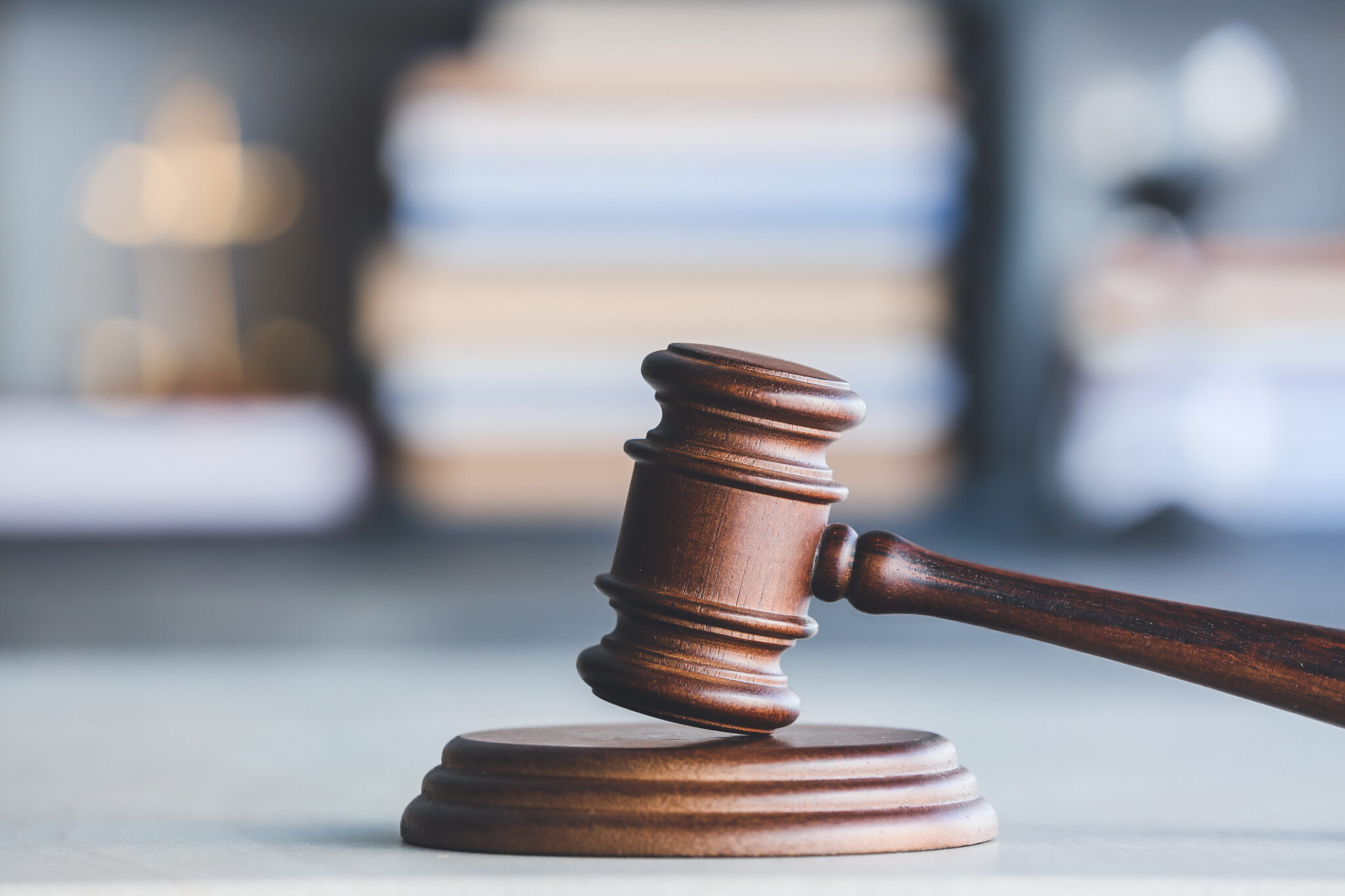Confused about the rules that apply to businesses in the different alert levels? There certainly are a range of different rules that apply different requirements. This article summarises them, and also the rules for cross-border travel for business purposes.
The rules are set out in the COVID-19 Public Health Response (Alert Level Requirements) Order (No 12) (the Order). At present, Auckland and parts of the Waikato are under alert level 3. Northland joined the rest of New Zealand in alert level 2 on Tuesday 19 October.
This article does not discuss personal requirements and restrictions, gathering limits and non-work-related requirements, and only briefly discusses the rules that apply to Government services.
Contact recording requirements applying at all levels
Almost all businesses, regardless of alert level, must make the NZ Covid QR-Code for their business available and have alternative record-keeping systems and processes in order to maintain a contact record.
The only situations in which these requirements do not apply are:
- Vehicles that are workplaces
- Some situations where workplaces are located at a home or place of residence
- The requirement for an alternative means of recording entry doesn’t apply to a transport station, supermarket or a petrol station.
There are particular rules for QR Codes for transport services.
There are also additional contact record requirements under alert levels 3 and 2 (see below).
Alert level 3: requirements for business operation
In Auckland and the parts of the Waikato currently under alert level 3, no business may operate unless it can meet the alert level 3 requirements. These include:
- Click and collect/deliver:
- All business and services, other than a specified range of businesses and services, must have systems and processes in place to ensure, so far as is reasonably practicable, that no customers or clients enter the workplace except to the minimum extent necessary to collect goods through a method that minimises physical contact and does not involve entering a building.
- A business or service may also deliver goods through contact-less means.
- “Clicking” can include payment over the phone or any online method.
- However, persons may enter a shopping mall, but not an individual store and may enter a building to access a PO Box or an in-person collection service at a Card to Call counter operated by New Zealand Post.
- The only businesses or services that don’t have to operate on a click and collect basis are listed in the Order. This list is similar to the essential services list that applied at alert level 4. Those businesses have to meet specific operational requirements.
- Physical distancing:
- All workers should be kept at least 1 metre apart where possible.
- All other persons who visit the workplace (if permitted) should be kept 2 metres apart from each other and workers, so far as is reasonably practicable. This is the default position. A very limited range of businesses and services customers and clients may only need to be 1 metre apart from each other and workers. For a limited range of public transport services (e.g. by air), there is no specific distance requirement, instead they must maintain physical distancing so far as practicable.
- The business or service must mitigate, so far as is reasonably practicable, the risks of spreading COVID-19 if physical distancing cannot be fully maintained.
- Similarly, if you have employees who are visiting homes they must stay 2 metres apart from the household occupants.
- Travel:
- Minimise travel to other areas within the relevant alert level boundaries.
- Mitigate the risks of transmission where travel occurs.
- Additional contact tracing rules:
- Most businesses or services subject to the general contact tracing rules (discussed above) must have systems and processes in place to ensure, so far as is reasonably practicable, that each person aged 12 years or older who enters the workplace:
- scans the QR code for the workplace or otherwise makes their own contact record; or
- provides a contact record.
- Only a small range of businesses do not to comply with this requirement. The excluded businesses include supermarkets, dairies, some fresh food providers, banks, and hardware stores.
- Most businesses or services subject to the general contact tracing rules (discussed above) must have systems and processes in place to ensure, so far as is reasonably practicable, that each person aged 12 years or older who enters the workplace:
- Face covering requirements
- Every person on the premises of most businesses or services that are open to the public in the alert level 3 area must wear a face covering.
- Workers delivering goods, most workers in homes, workers at most close proximity businesses or services (e.g. hairdressers), workers at cafes, restaurants and bars etc.
- There are very limited exceptions to the alert level 3 face covering requirements.
- There is nothing in the Order requiring the business or service to enforce the face-covering rule.
There are special rules that apply to specific kinds of services, such as health services, social services, in-home services, and some government services.
The practical outcome of the above rules is that some businesses are unable to operate at all, such as hairdressers and other business that involve close physical contact.
Alert level 2: requirements for business operation
All businesses in the alert level 2 area can operate and have customers on the premises as long as they abide by the alert level 2 rules. These rules include that:
- Physical distancing:
- All workers should be kept at least 1 metre apart where possible.
- In places like retail stores shopping malls, libraries, gyms, museums, swimming pools, and parts of offices where customers may be present, customers and clients on the premises need to stay 2 metres apart. This is the default position and in some cases customers and clients may only need to be 1 metre apart.
- Similarly, if you have employees who are visiting homes, they must stay 2 metres apart from the household occupants.
- For close contact services such as hairdressers or home help providers, employees and customers do not need to physical distance when the employee is providing the service. However, all customers should be kept 2 metres away from each other.
- Additional contact tracing rules:
- The additional contact tracing rules are narrower than for alert level 3 businesses in that they apply only to some businesses or services subject to the general contact tracing rules (discussed above), such as indoor swimming pools, event facilities and member businesses, health services, cafes and restaurants.
- These businesses must have systems and processes in place to ensure, so far as is reasonably practicable, that each person aged 12 years or older who enters the workplace, other than workers:
- scans the QR code for the workplace or otherwise makes their own contact record; or
- provides a contact record.
- Face covering requirements
- Every person on the parts of the premise of most businesses or service that are open to the public in the alert level 2 area must wear a face covering.
- Exceptions to this general rule include some event facilities, membership services (e.g. gyms), businesses and services that largely have a consistent group of workers and usually a fixed workplace (for example, offices and factories).
- Workers delivering goods, most workers in homes, workers at most close proximity businesses or services (e.g. hairdressers), workers at cafes, restaurants and bars etc. must wear a face-covering.
- There is nothing in the Order requiring the business or service to enforce the face-covering rule.
There are also specific rules that apply to cafes, restaurants and bars etc.
Cross-border travel for businesses
Cross alert level border travel (including across the boundary between the Auckland alert level 3 area and the Waikato parts of alert level 3) is permitted only in a very limited range of situations. These include for the carrying out of work for a particular business or service – basically those businesses or services that were essential services at alert level 4, although there have been some extensions. Other authorisations include:
- A person may go from the alert level 2 area into the Waikato part of the alert level 3 area (and return to their home or place of residence afterwards) for the purpose of going to work.
- A person may, if necessary, go through an alert level 3 area for the purpose of going to work.
All persons travelling across borders need to ensure they meet specified evidential requirements. There are also testing requirements that may apply.
Duncan Cotterill is able to provide clarity – please contact your normal Duncan Cotterill partner or a member of the firm’s public law team. If you have questions about the consequences for you as an employer or an employee, please contact our employment law team.
Disclaimer: The content of this article is general in nature and not intended as a substitute for specific professional advice on any matter and should not be relied upon for that purpose. While we make every effort to ensure the accuracy of the information contained in this article, this is a rapidly changing environment and the information will be subject to change.





